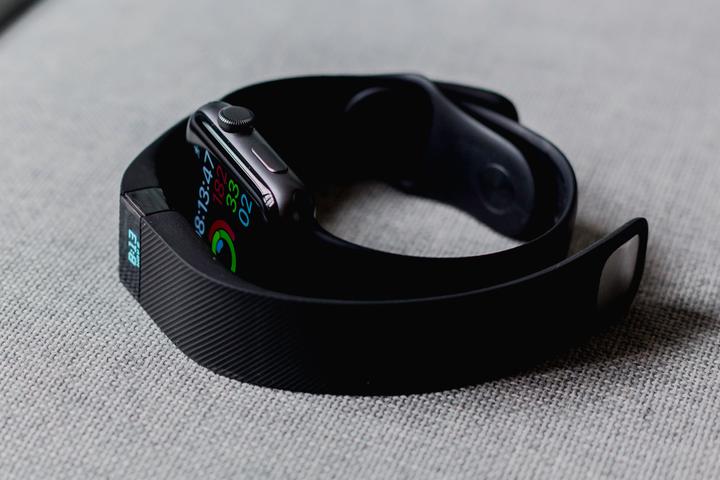Passive Sensing
 Photo by Andres Urena on Unsplash
Photo by Andres Urena on UnsplashThe widespread use of smartphones and other wearable devices enable the unobtrusive capture of sensor data that can be used to provide a detailed understanding of individuals' behavior and social context. These powerful devices not only serve as a crucial tool for social contact via texts, phone calls, and various social media applications, but also come equipped with an array of sensors including GPS, accelerometers, gyroscopes, light sensors, cameras, and microphones. These sensors collect a continuous stream of objective data related to crucial social, behavioral, and physiological variables linked to various facets of psychological well-being, such as sleep, daily functioning, social engagement, and psychomotor activity. Importantly, this vast array of data can be gathered automatically and unobtrusively from participants.
Dr. Sewall was recently awarded a prestigious National Research Service Award from the National Institute of Mental Health (https://tinyurl.com/y9e5b63p) to develop suicide risk prediction models among high-risk youth by integrating passive sensing, machine learning, and precision medicine. Dr. Sewall’s ongoing work in this area focuses on identifying which passive sensing features are most important for predicting suicidality, and evaluating the performance of predictive models that are completely tailored to the individual (i.e., “personalized” models) vs. models that share information across individuals.